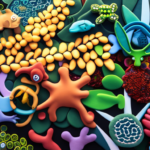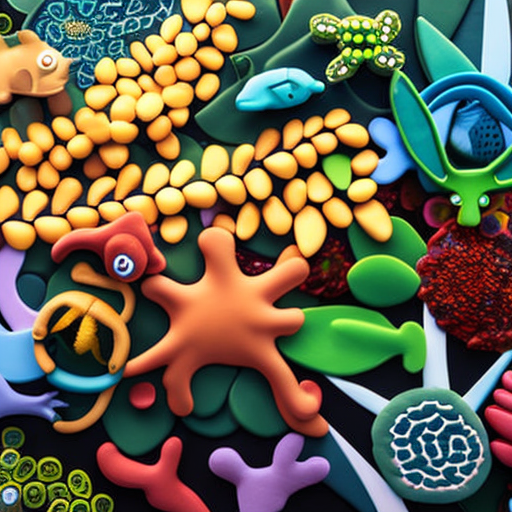Summary:
Evolutionary zoology is a branch of biology that focuses on the study of animal evolution and the processes that have shaped the diversity of species on Earth. It explores how animals have evolved over time, their relationships with other organisms, and the factors that have influenced their adaptations and behaviors. By examining the fossil record, genetic evidence, and comparative anatomy, evolutionary zoologists can reconstruct the evolutionary history of animals and gain insights into the mechanisms driving their evolution.
Understanding Evolution:
Evolutionary zoology is based on the fundamental principle of evolution, which states that species change over time in response to environmental pressures. This change occurs through the process of natural selection, where individuals with advantageous traits are more likely to survive and reproduce, passing on their genes to future generations. Over millions of years, this gradual accumulation of small changes can lead to the emergence of new species.
Studying Animal Diversity:
Evolutionary zoologists study the vast diversity of animals found on Earth, from microscopic organisms to complex vertebrates. They classify and categorize species based on their evolutionary relationships, using a system called taxonomy. By examining the similarities and differences in the physical characteristics, behaviors, and genetic makeup of animals, scientists can determine how closely related they are and how they have evolved over time.
Comparative Anatomy and Embryology:
Comparative anatomy is an important tool in evolutionary zoology. By comparing the anatomical structures of different species, scientists can identify similarities and differences that reveal their evolutionary history. For example, the presence of similar bone structures in the limbs of mammals, birds, and reptiles suggests a common ancestor. Similarly, the study of embryology can provide insights into the evolutionary relationships between species, as embryos often exhibit similar developmental patterns.
Fossil Record and Paleontology:
The fossil record is another crucial source of evidence for evolutionary zoologists. Fossils are the preserved remains or traces of ancient organisms, providing a glimpse into the past. By studying fossils, scientists can reconstruct the evolutionary history of animals and identify key transitional forms that link different species. For example, the discovery of fossils of feathered dinosaurs has provided strong evidence for the evolutionary link between dinosaurs and birds.
Genetics and Molecular Biology:
Advances in genetics and molecular biology have revolutionized the field of evolutionary zoology. By analyzing the DNA and genetic sequences of different species, scientists can determine their evolutionary relationships and estimate the timing of divergence. This field, known as molecular phylogenetics, has allowed researchers to construct detailed evolutionary trees that depict the relationships between species based on their genetic similarities.
Behavioral Ecology and Adaptations:
Evolutionary zoologists also study the behaviors and adaptations of animals in relation to their environment. By examining how animals interact with their surroundings and other organisms, scientists can understand how natural selection has shaped their behaviors and adaptations. For example, the study of predator-prey relationships can reveal the co-evolutionary dynamics between species, where each species evolves in response to the other.
Conservation and Applied Evolutionary Zoology:
Evolutionary zoology has practical applications in conservation biology and wildlife management. By understanding the evolutionary history and genetic diversity of endangered species, scientists can develop effective conservation strategies to preserve their populations. Additionally, evolutionary zoology can help predict how species may respond to environmental changes, such as climate change, and inform efforts to mitigate their impact.
In summary, evolutionary zoology is a multidisciplinary field that combines genetics, paleontology, comparative anatomy, and behavioral ecology to understand the evolutionary history and diversity of animals. By studying the processes that have shaped animal evolution, scientists can gain insights into the mechanisms driving species adaptation and behavior, as well as apply this knowledge to conservation and wildlife management efforts.












